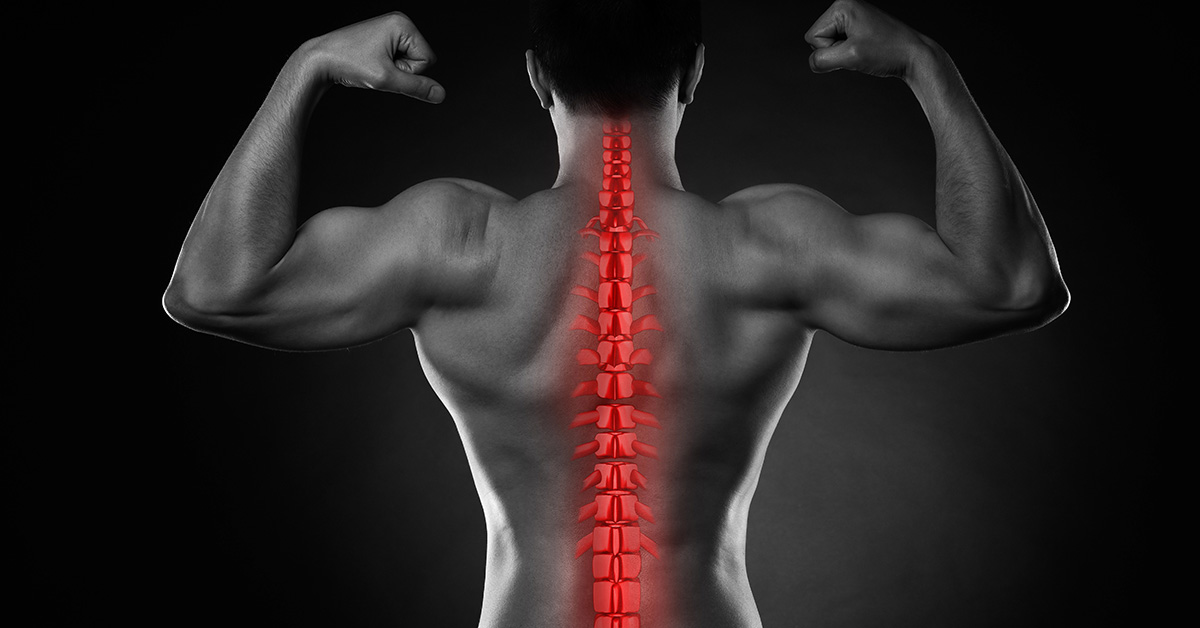How Do You Fix Cervical Radiculopathy?


How Do You Fix Cervical Radiculopathy?
Cervical radiculopathy, often referred to as a “pinched nerve in the neck,” occurs when a nerve root in the cervical spine (the neck region) becomes compressed or irritated. This condition can cause pain, numbness, tingling, or weakness that radiates from the neck into the shoulder, arm, or hand, depending on which nerve is affected. While it can be a painful and frustrating issue, the good news is that cervical radiculopathy is often manageable—and in many cases, treatable—without surgery.
Conservative Treatment: The First Line of Defense
For most people, cervical radiculopathy improves over time with conservative treatment. These approaches aim to relieve pressure on the nerve, reduce inflammation, and restore normal neck movement and strength.
- Rest and Activity Modification: Limiting activities that aggravate symptoms, such as heavy lifting or looking down for long periods, can prevent further irritation of the nerve. However, complete inactivity is not recommended; gentle movement helps maintain flexibility and circulation.
- Physical Therapy: Physical therapy is one of the most effective ways to address cervical radiculopathy. A therapist will guide you through exercises to improve posture, strengthen the muscles that support the neck, and increase flexibility. Gentle traction or manual therapy may also be used to relieve pressure on the nerve root.
- Medications: Nonsteroidal anti-inflammatory drugs (NSAIDs) such as ibuprofen or naproxen can help reduce inflammation and pain. In some cases, muscle relaxants or oral corticosteroids may be prescribed for short-term symptom relief.
- Cervical Collar (Short-Term Use): A soft neck brace may be recommended for short-term use to limit neck movement and reduce irritation. It’s usually worn for just a few days to prevent muscle weakening.
Injections for Pain Relief
If conservative treatment doesn’t provide enough relief, a cervical epidural steroid injection may be considered. This injection delivers anti-inflammatory medication directly into the space around the nerve root to reduce swelling and pain. While not a cure, it can provide enough relief to allow physical therapy and healing to progress more effectively.
When Is Surgery Needed?
In cases where cervical radiculopathy causes significant weakness, severe pain, or persistent symptoms that don’t improve with non-surgical treatment, surgical intervention may be necessary. The most common procedures include:
- Anterior Cervical Discectomy and Fusion (ACDF): A damaged disc is removed and the space is fused with bone graft and hardware to stabilize the spine.
- Cervical Disc Replacement: The damaged disc is removed and replaced with an artificial one, preserving more natural motion.
- Posterior Foraminotomy: This procedure creates more space around the nerve root by removing bone or tissue that’s pressing on it.
Surgery is typically considered only after all other options have been tried or if there is progressive nerve damage.
Long-Term Management and Prevention
Once symptoms improve, long-term management focuses on maintaining good posture, staying active, and avoiding repetitive neck strain. Ergonomic adjustments at work, strengthening exercises for the neck and upper back, and learning safe body mechanics can all help reduce the risk of recurrence.
Cervical radiculopathy can be painful and disruptive, but most cases improve with time and non-surgical treatments. Physical therapy, medications, and lifestyle changes play a key role in relieving symptoms and restoring function. In more severe cases, injections or surgery may be necessary. With the right treatment plan and proper guidance, many people make a full recovery and return to their normal activities without ongoing problems. If you’re experiencing persistent neck or arm pain, it’s important to consult a healthcare provider for an accurate diagnosis and personalized care plan.



